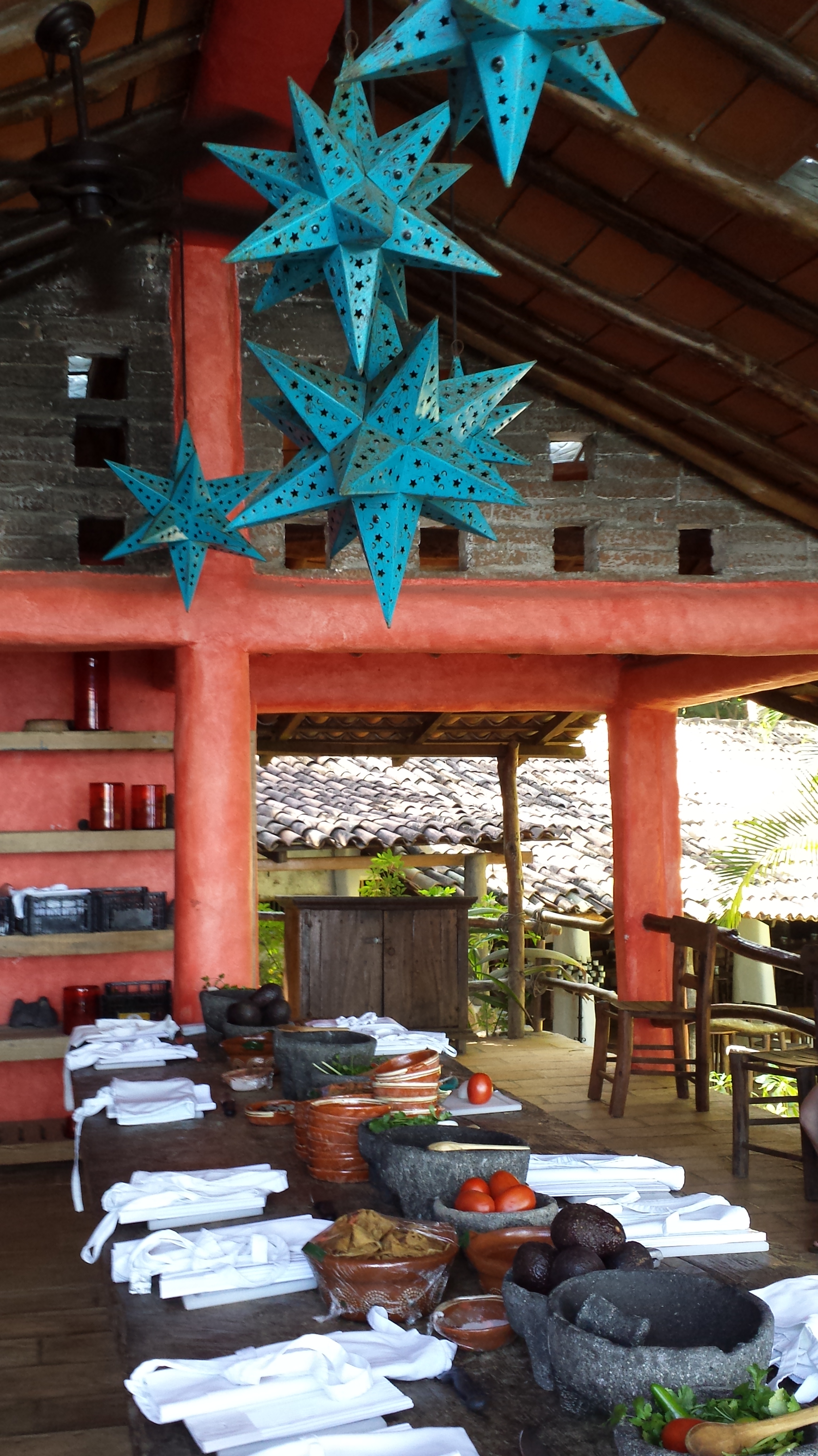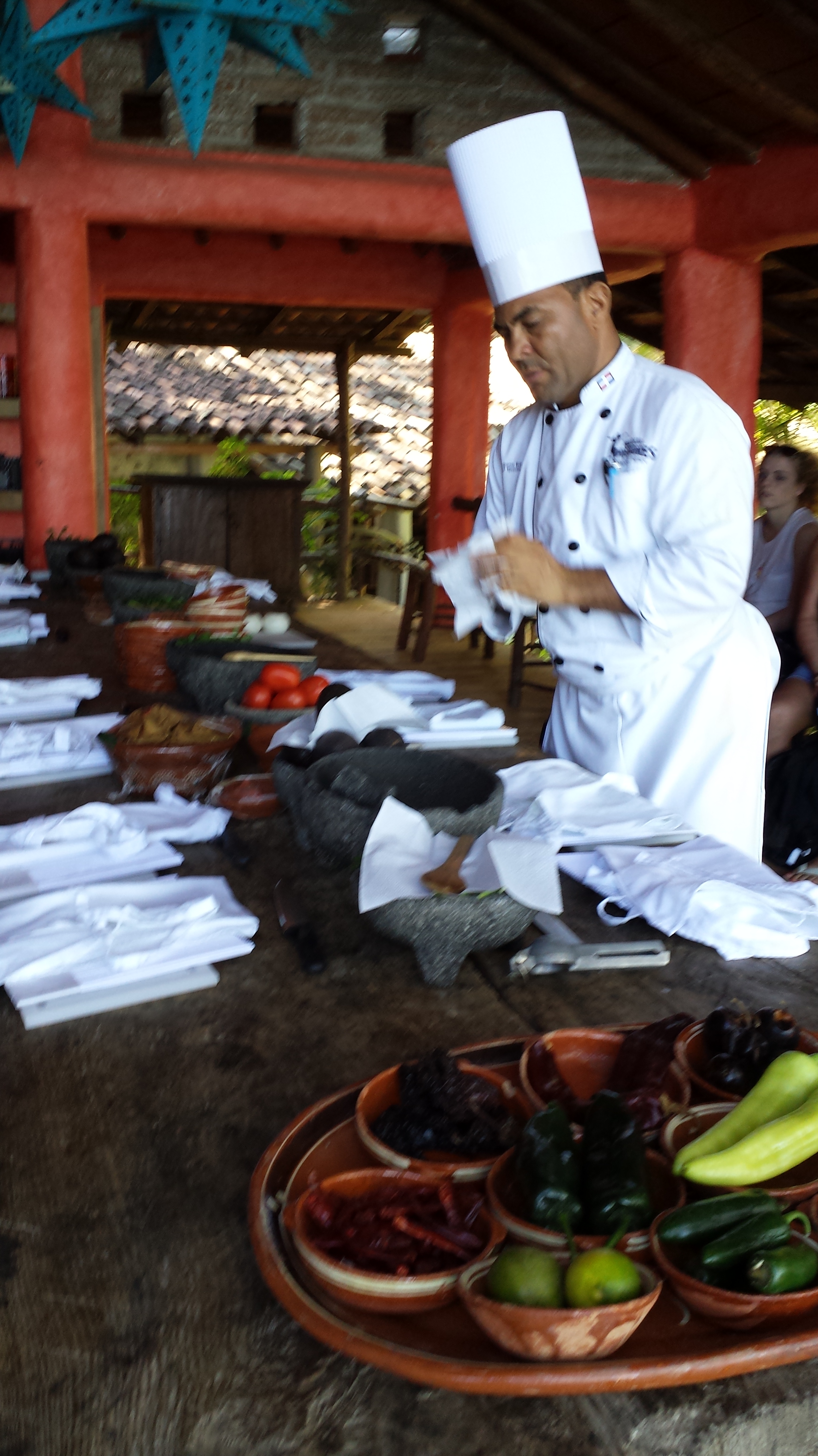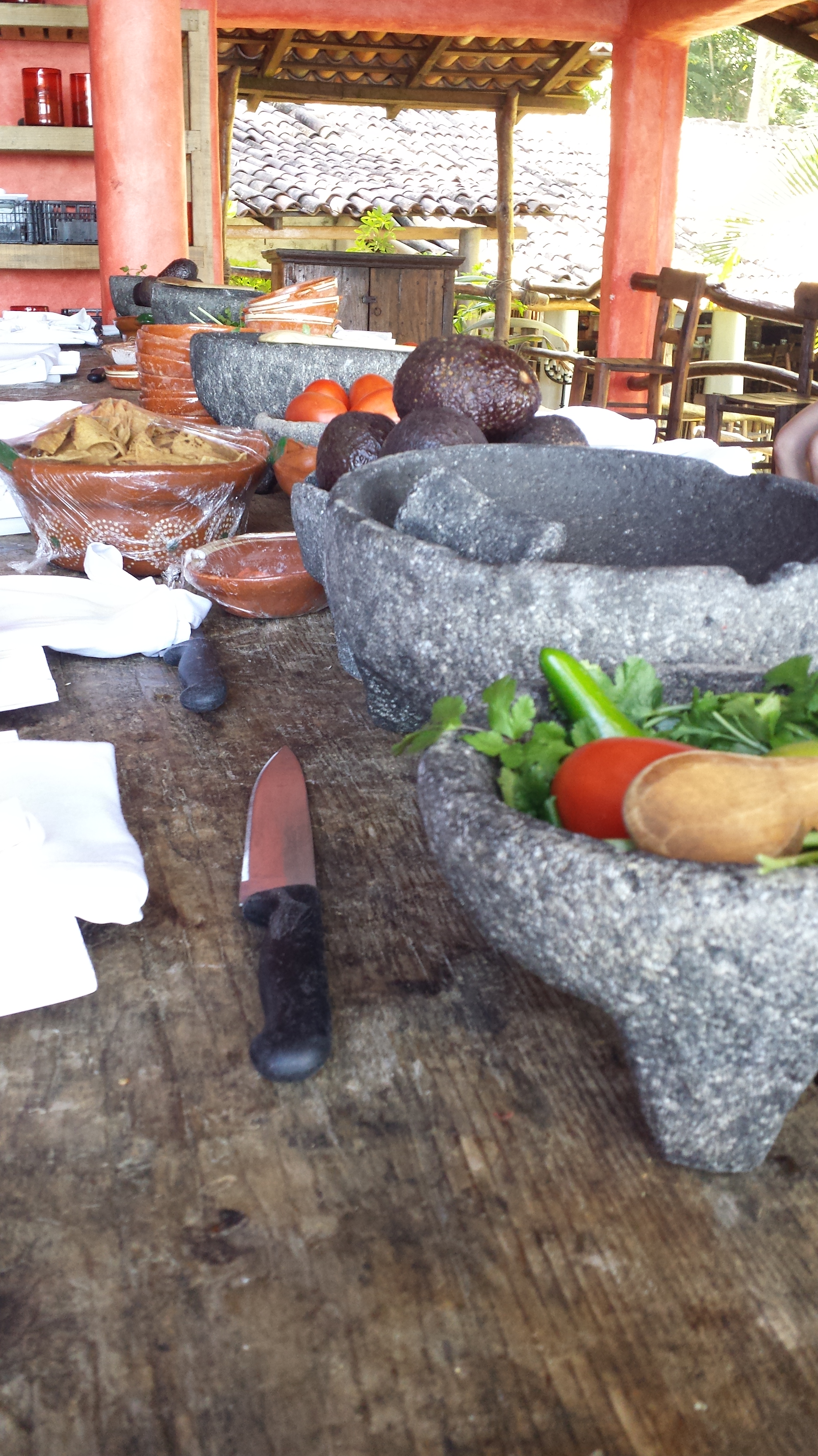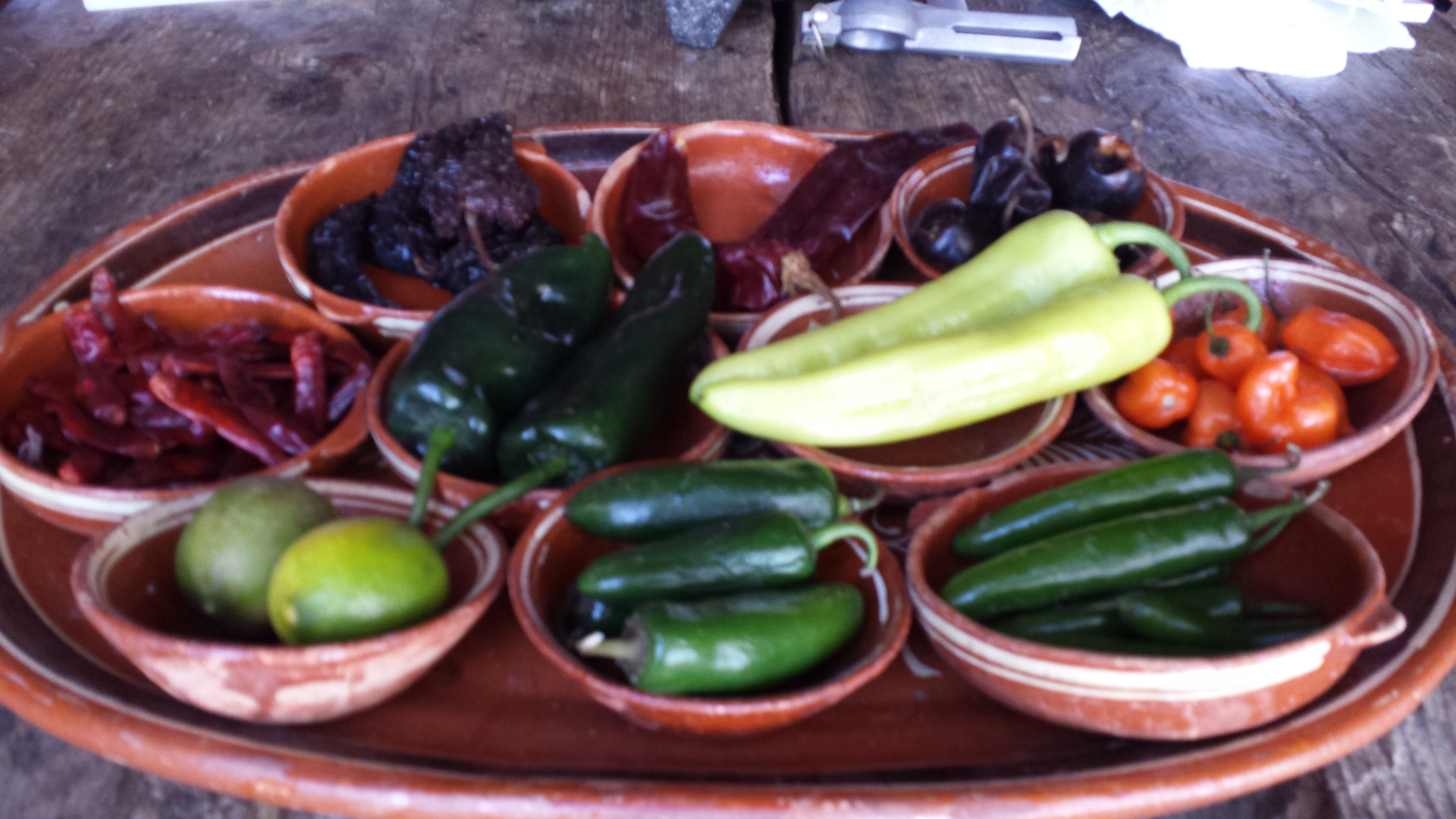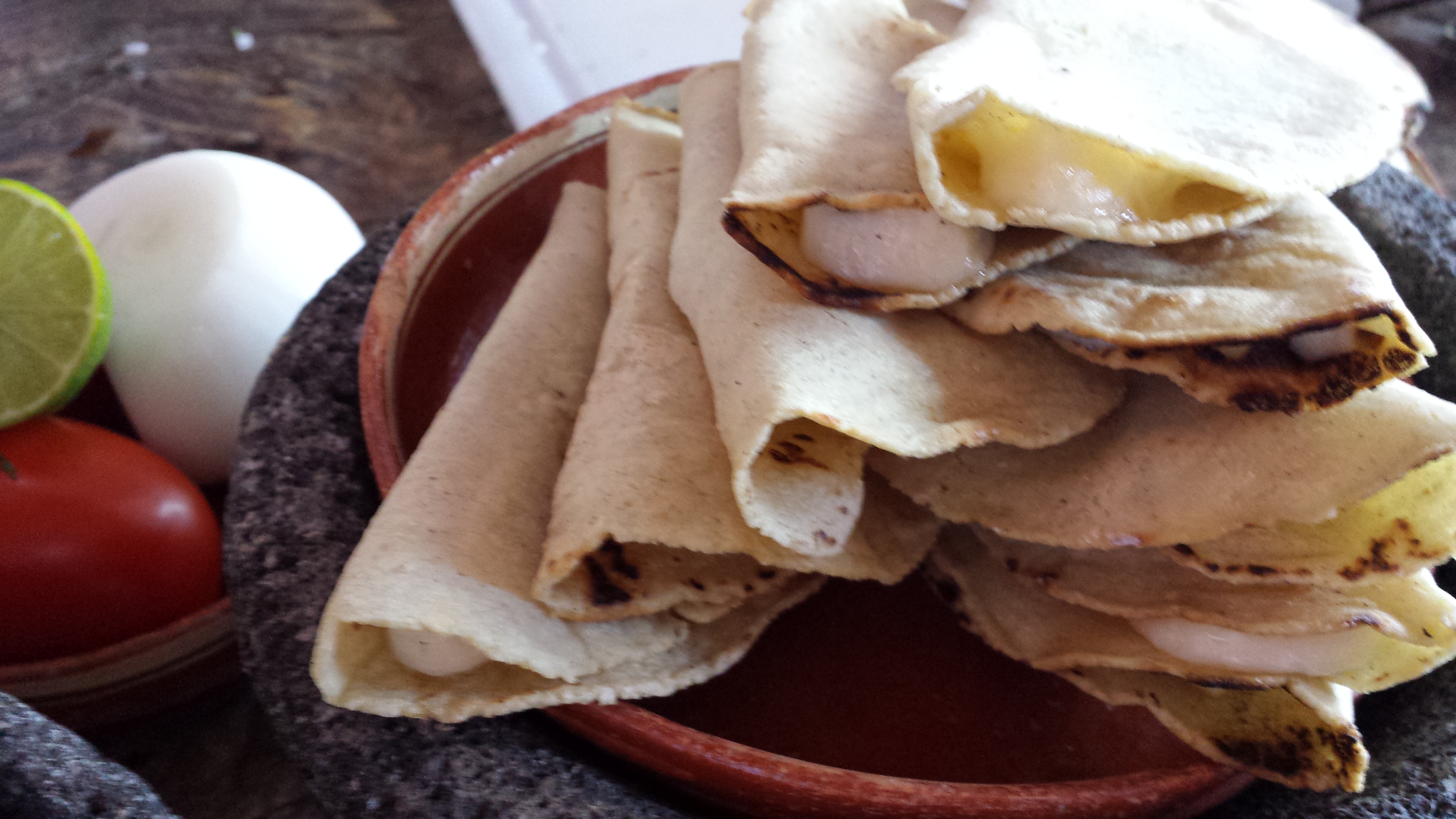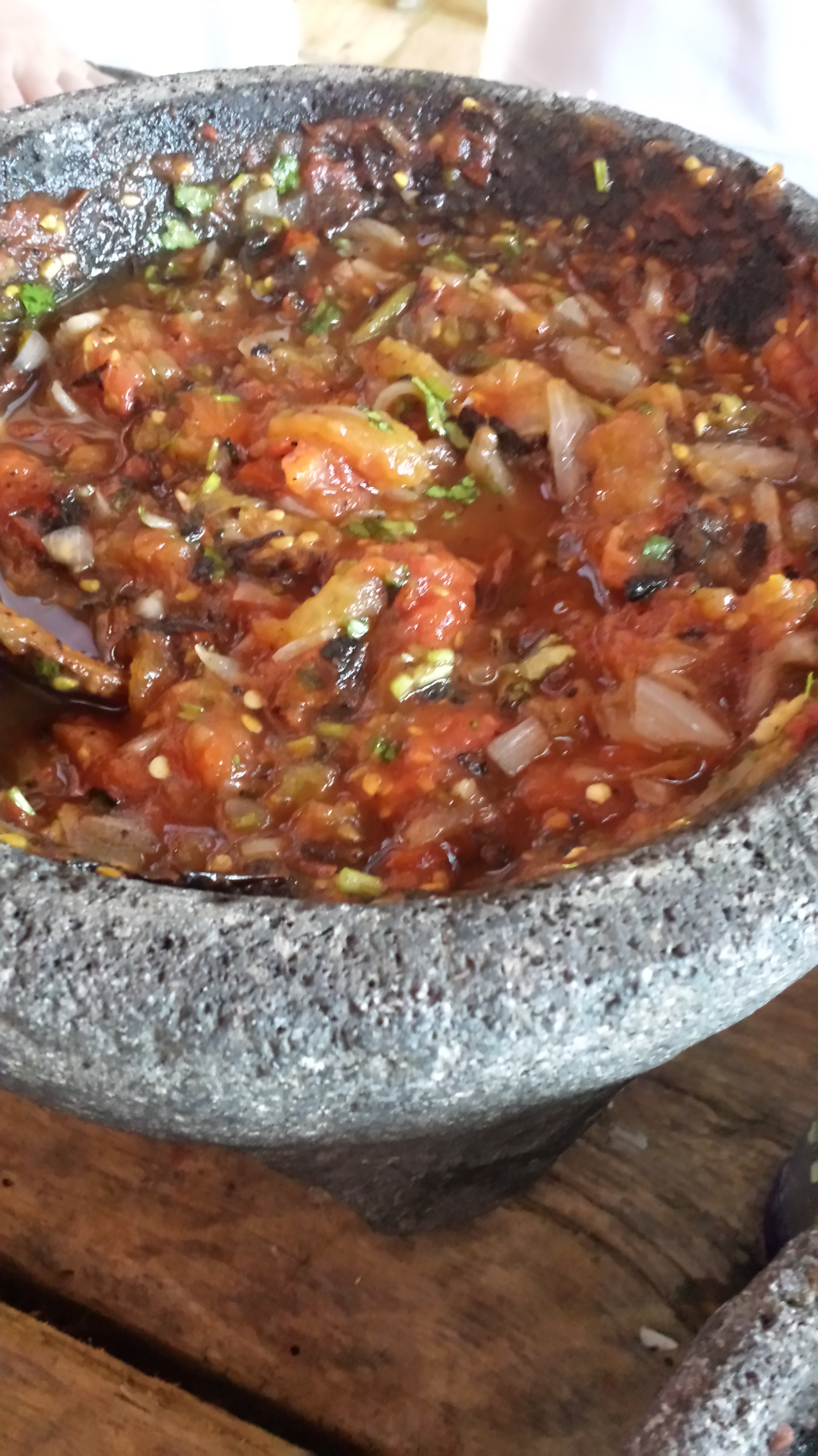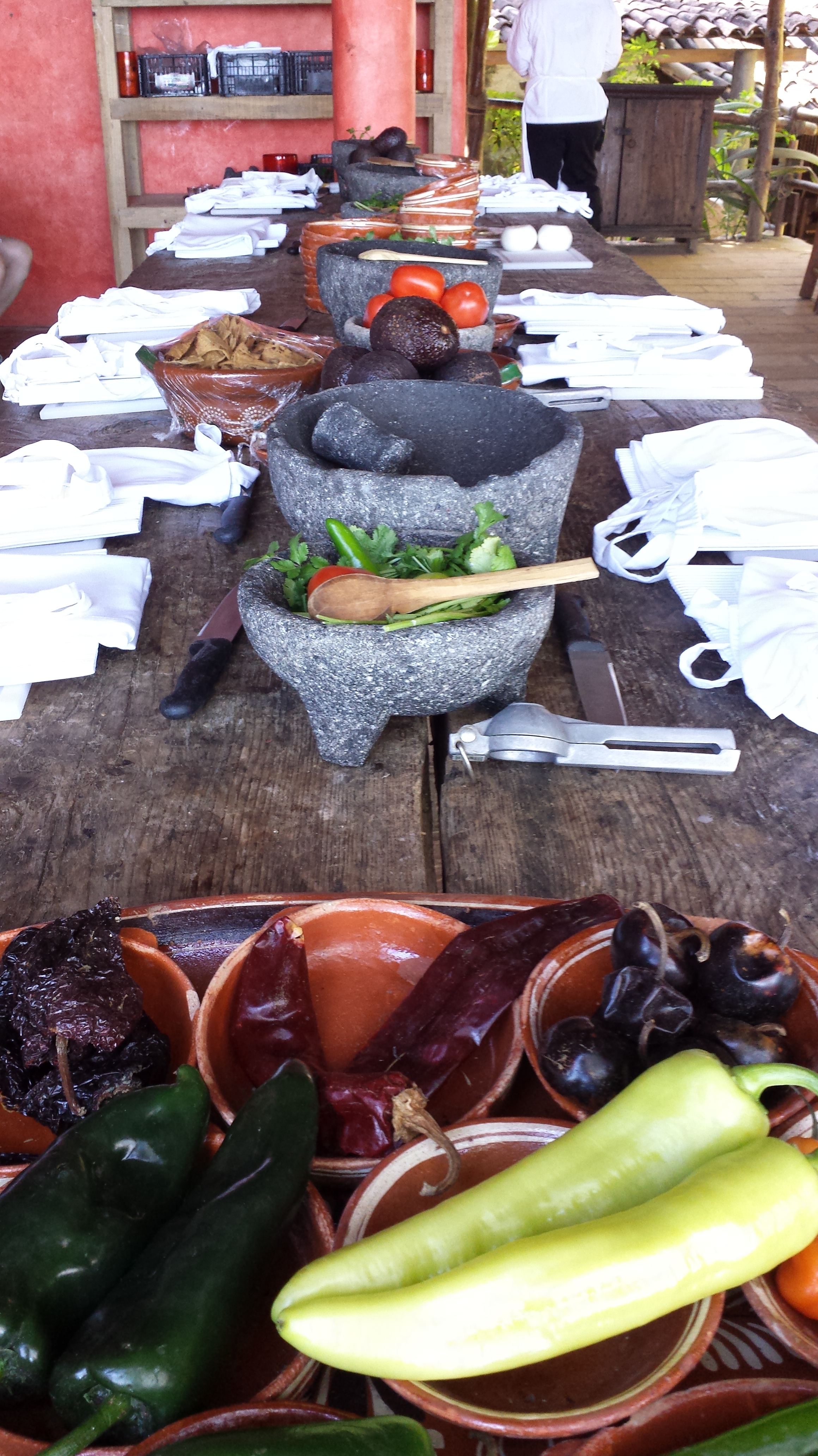So for those who take the leap and delve into their artistic expression (reference last week’s pattisays…) – those who DO IT instead of critiquing “I could do that” – are exploring vast depths of their awareness, sensitivity, and personal signature through a piece of art. But that same freedom of expression has been cultivated in society beginning with scribbles, and the fundamentals of handwriting. From scribbles,  to basic block alphabetic
to basic block alphabetic  to the loop de loops of beginning cursive,
to the loop de loops of beginning cursive, 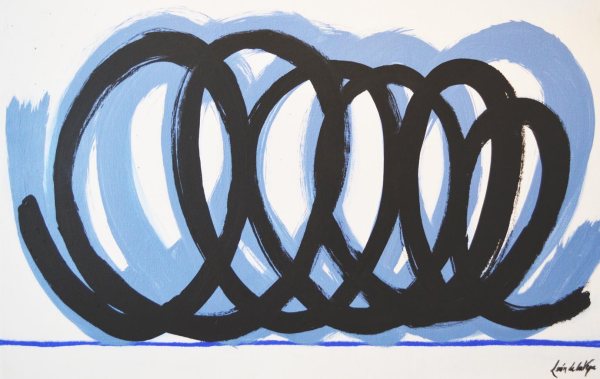 the lessons encourage and open doors to very personal and individualistic communication.
the lessons encourage and open doors to very personal and individualistic communication.
Most of us are all painfully aware that cursive is no longer taught in many schools. We are so seduced by technology that we are not selective about what to save and what to advance beyond in this evolution. This conscious evolution may have a devastatingly regressive cost.
What is the danger?
The classic final question and answer in Beauty Pagents is something like “What is your wish for the world?” or “What is the most critical issue facing the world today?” Some might say “Global warming.” The truthful seemingly naive response we have heard for decades is “World Peace” or parodied version “Whirled Peas.” All kidding aside, this certainly is an important and noble quest – the root of which in today’s technology is “Nuclear War.” Yes, if we have nuclear wall everything else is moot. Education, clean air and water, whirled peas, nada. Well, shy nuclear war, another great issue facing our world today is the loss of the brain to hand expression via tool we take so for granted, handwriting.
Handwriting is a tool, yes. A tool to communicate private notes, grocery lists, love letters, instructions to the sitter and thank you notes for deeds so appreciated. Not to mention rough drafts for non-digital scratchings of the most intimate and possibly important historical communications on the planet. A good friend is examining this troubling fact through his own artistic expression. Please visit the video Mind Your Calligraphy https://www.youtube.com/watch?v=4mO7ctV05Js where Federico Leon de la Vega
explores the neurological results of this modern-day tragedy that has the potential to change civilization as we know it. Not to mention loss of certain very specific brain functions of human evolution!
The artist must train not only his eye, but his soul. Wassily Kandinsky
Without the basic form of flowing handwriting – the motion with an ease of fluid, natural motion to convey one’s thoughts, ideas, emotions, needs, and desires, we erase a portion of the brain’s function. We erase the personal expression offered and made available by the human connection between our thoughts and our hands – our tools. The control our hands to artistically pen calligraphy – unique to each individual – is a priceless piece of evolution.
Returning to the artistic expression…Plein air painting and field studies for scientific research might be the last vestiges of our need to communicate and connect through nature. If not free from technology, perhaps in concert with the tools of technology. Taking a digital camera, phone or tablet into the field while painting on-site or using the technology to process what is discovered and/or captured in the scientific field studies might be those last vestiges.
We know why, so let’s think about what influence we might have to continue the art of cursive. How to perpetuate the evolution of that which is oh so personal a form of expression and that has such a powerfully effective and essential connection to our brains.
Like Kandinsky observed – it is the soul of a person that is expressed through artistic media. And there is nothing more intimate than the seemingly simple connection through individualistically personal script. 




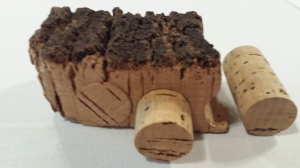
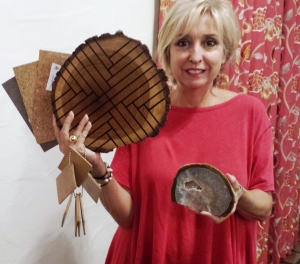
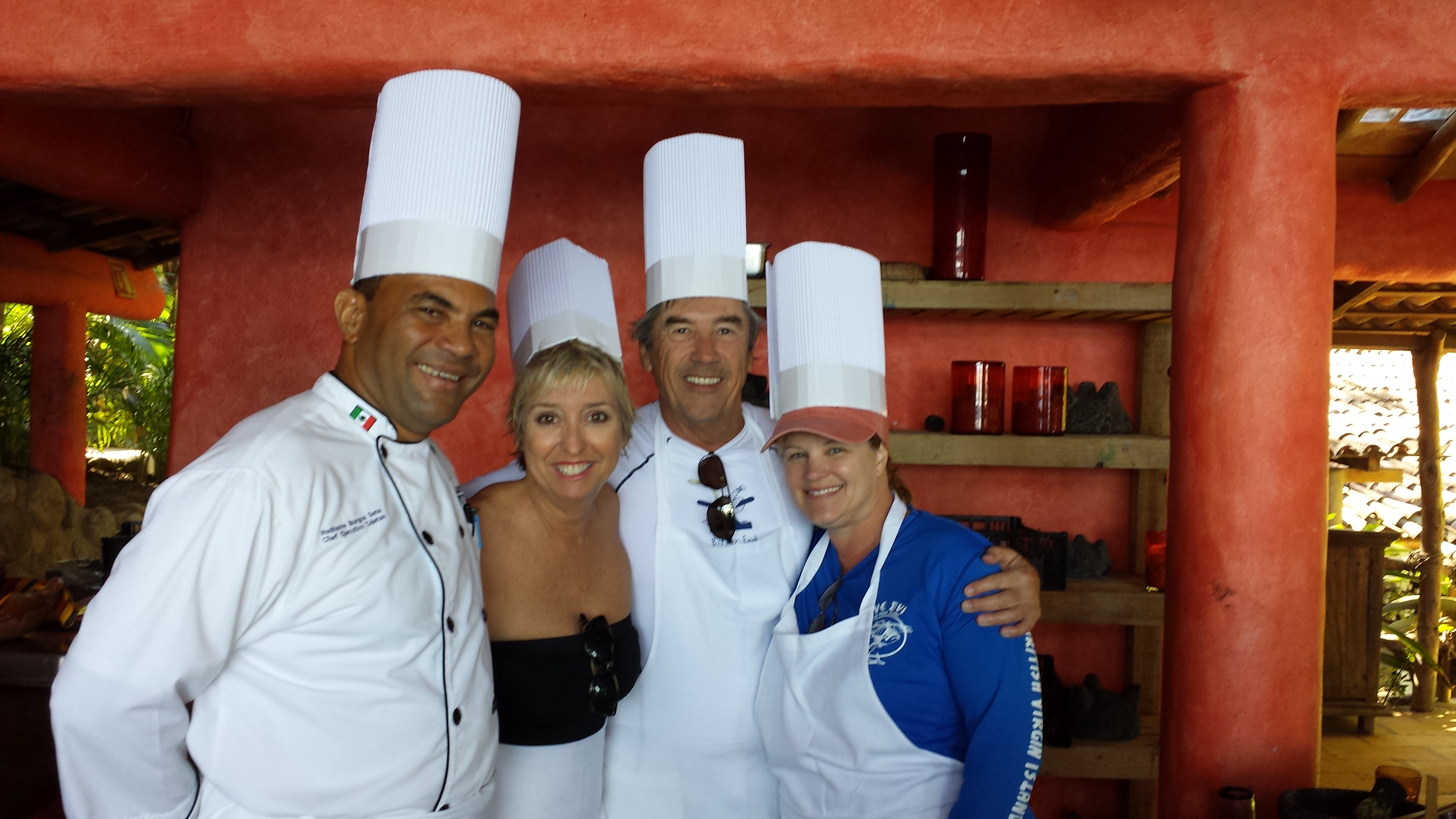 mole! Creating a good time—is an art. And as is true with most artistic ventures—as in life in general—some people do it better than others. Enthusiasm is infectious and it generates such greatness from its energy that is should be harnessed. It is about this that I write today.
mole! Creating a good time—is an art. And as is true with most artistic ventures—as in life in general—some people do it better than others. Enthusiasm is infectious and it generates such greatness from its energy that is should be harnessed. It is about this that I write today.